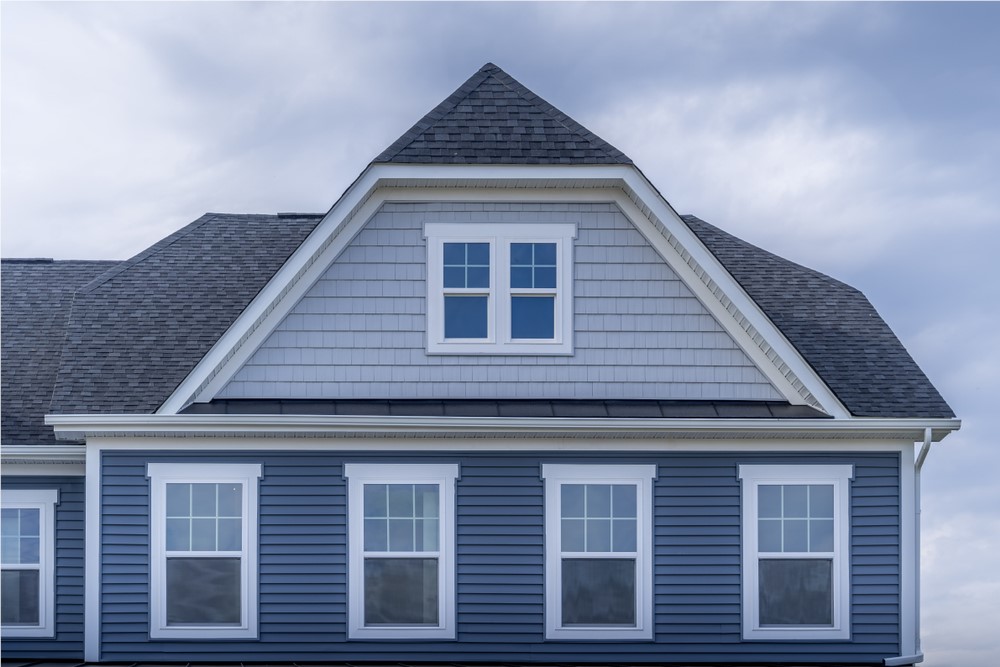When it comes to color and staying cool, most people are highly aware of the fact that dark clothing will make you feel warmer, and lighter colored clothing will make you feel cooler. This is simply because white or very light colors reflect radiant sun energy rays while black or very dark colors will absorb those same rays, therefore taking in the warmth rather than having it bounce back and away from you.
This concept seems relatively obvious, right? The fact reemains most people’s consideration of how colors affect the heat stops at clothing. When it comes to houses, it is rarely considered that the exterior color of your home might actually affect how much of the sun’s radiant energy rays are being absorbed or reflected. Let’s discuss how this factor is more important than you might think.
The exterior of your home includes the roof and the walls, but let’s start with the roof. When it comes to sun exposure, your roof is the most exposed part of your house, so it should be an important factor when discussing the absorption or reflection of the sun’s rays. If your house has a black or dark colored roof, it will absorb the energy from the sun, which ultimately has a great impact on how much heat enters the interior of your home. While attics are the most exposed to the heat from the roof, this heat will even leak into the rest of the house, causing the entire house to be warmer than if the roof had light colored coatings.
Houses with roofing that is light in color or specifically built to reflect the sun’s rays will not have this effect, but will rather deflect the heat of the sun so that your house is only mildly affected. Even colors that are slightly lighter (but not stark white) will be better than a blue, green, or black color.
It goes without saying that this has an effect on your energy bills. If it is the middle of the hot summer and you have a black roof, you are likely dealing with 23% higher energy costs than if you had a light-colored roof, according to some studies. If the entire country of the United States addressed this issue effectively, as much as $10 billion could be saved in related costs.
If you have a dark roof coupled with a dark house, your house could actually be absorbing between 70 and 90 percent of the radiant energy from the sun. This could explain why many houses are light-colored. But in many cases, the walls of the house are a lighter color while the roof is still dark, therefore reducing the amount of energy savings possible. If you are in the financial place to remodel or replace your roof or exterior, take a good look at your house and see if any improvements could be made. The long-term benefits most likely outweigh the upfront con
Subscribe to Energy Home Pros's Blog





Comments